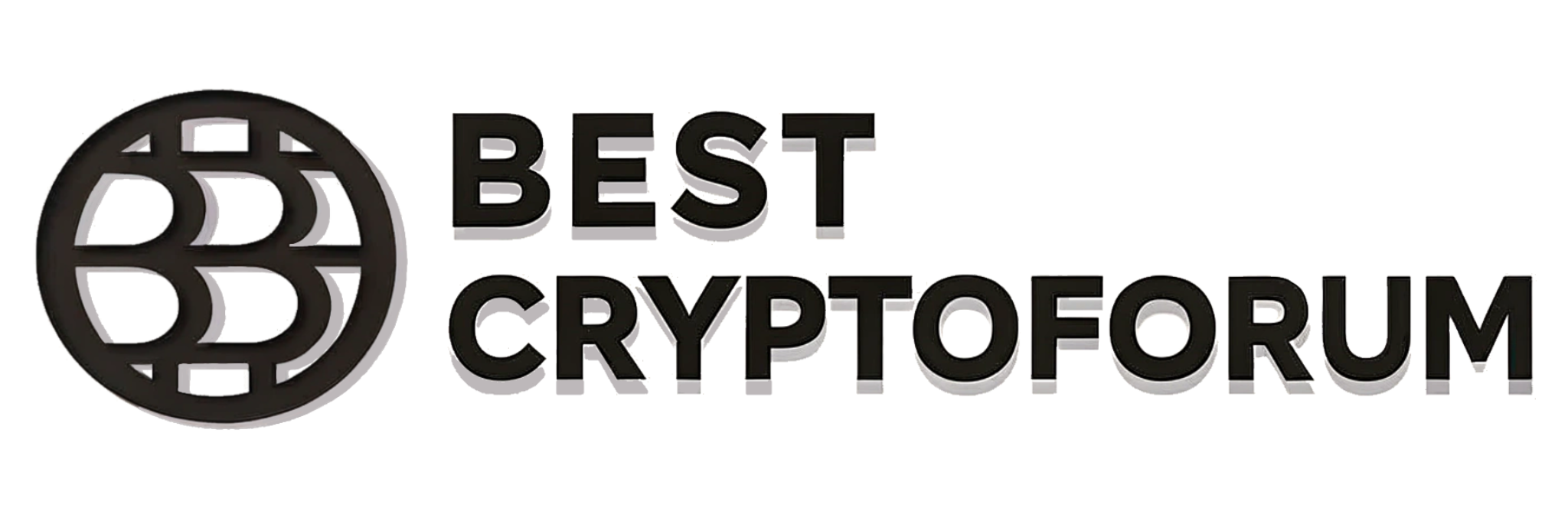
What Is XAU/USD and How Does It Work?
Fundamentals of Gold Trading
XAU/USD is the ticker pair used to price one troy ounce of gold in U.S. dollars. For traders and investors, the symbol is shorthand for making gold exposure that is denominated in U.S. dollars — whether that exposure originates from spot markets, futures contracts, ETFs, or derivatives. Gold functions as a hybrid asset: a commodity as well as a monetary-type reserve. That means it attracts flow from safe havens, inflation hedging interest, and speculative flows. The first step toward intelligent trading is to understand those multiple roles. This guide will help traders and investors figure out how to trade gold with the appropriate mindset, the appropriate tools, and the appropriate broker or platform.
Spot, Futures, ETFs and CFDs — Key Differences
- Spot: the cash market prices at the immediate moment, utilized by bullion dealers and some OTC desks. There is ample liquidity in key geographic centers, however retail access to pure spot contracts is typically through brokers with CFD-like or OTC products.
- Futures (COMEX): standardized contracts traded on exchanges (COMEX / NYMEX). Futures provide clear margin rules, transparent price discovery, and are the typical vehicle for professional traders looking for leverage and liquidity.
- ETFs: likely funds like GLD or IAU provide accessible exposure to bullion (or futures-backed structure) without the requirement to physically take the metal; typically acceptable for some traders and investors.
- CFDs: contract-for-difference products allow traders to take leveraged positions on spot gold without holding the physical metal. CFDs are also, in many cases, restricted or simply not available to retail clients in the U.S.
A simple comparison:
| Instrument | Access | Leverage | Settlement | Best For |
| Spot (OTC) | Brokers/Dealers | Varies | Cash/phys | Short-term traders, hedgers |
| Futures (COMEX) | Futures brokers | High | Exchange margin | Active traders, institutions |
| ETFs | Brokers (stocks) | Low (via margin) | Shares | Investors, tactical allocations |
| CFDs | International brokers | High | Cash | Non-U.S. retail (often restricted) |
Can You Trade XAU/USD in the USA?
Yes, But Subject to Special Rules
To keep it short: yes – you can trade gold exposure in the United States, but the product matters. Retail traders can trade gold in the United States through COMEX futures, COMEX options on futures, ETFs, and physical bullion dealers. Although both XAU/USD currency pair trading and gold CFD trading is possible, direct retail access to these types of products is limited due to regulation. Always check with your broker to confirm product availability, and check the platform’s legal statements.
Regulatory Requirements for Gold Trading in the USA
Trading gold in the USA is subject to multi-layer regulation. Futures and options are regulated by the Commodity Futures Trading Commission (CFTC) and the National Futures Association (NFA). Security based products, such as ETFs and gold-mining stocks, comes under the SEC and FINRA. Broker-dealers and Futures Commission merchants must have KYC/AML in place, proper capital requirements, and risk disclosure. Traders based in the USA need to trade through or with a registered entity; a regulated broker also provides the security of limited investor protection and required reporting.
Where Can I Trade Gold in the USA

Exchanges: COMEX and Other Major Markets
COMEX, part of the CME Group, is the centralized marketplace for U.S. gold futures and options contracts that are standardized. It provides tight liquidity, contract specifications that are clear, and the clearing process is well defined. COMEX is utilized by institutional desks, prop shops, and active retail futures traders for both directional trading and hedging purposes.
ETFs and Mutual Funds as Alternatives
Gold ETFs provide a low-friction way to gain gold exposure through any stock broker. ETFs are ideal for portfolio allocation and tactical positions when you want to avoid margin complexity. Mutual funds that hold mining equities or commodity-linked assets are alternatives when ETFs better fit an investor’s objectives.
International Brokers — What You Need to Know
Some traders consider international brokers to access CFDs or different contract specs. If you go that route, check regulatory protections, custody arrangements, withdrawal rules, and whether the broker accepts U.S. clients. Many international CFD providers do not accept U.S. retail accounts or will route U.S. clients to regulated affiliates with different product sets. Always read broker reviews, check the firm’s regulatory status, and compare spreads, commissions, deposit and withdrawal conditions.
Key Factors Affecting Gold Prices
Inflation, Interest Rates and the Dollar
Gold is often influenced by real interest rates; when real yields decline, gold is more attractive; conversely, with strength in the U.S. dollar, gold can experience lower prices as a stronger currency makes gold more expensive in other currencies, limiting purchases. Watch the Federal Reserve policy on interest rates, inflation reports, and consensus forecasts.
Geopolitical Events and Central Banks
Geopolitical tensions, trade challenges, or central bank buying/selling programs can cause price flows to move quickly. Central bank purchases from emerging markets, as a group, have provided structural support for bullion demand for several years. To a lesser extent, events, policy, and trade disputes converge into short- and long-term price dynamics.
Supply, Demand and Seasonal Patterns
Mining production, mine strikes, and refinery disruptions may change the dynamics of supply. Demand for jewelry (more important in India and China), demand for industrial uses, and seasonal demand (holidays, wedding seasons) shape medium- and longer-term flows. All the above help traders decide if they want to hold gold as an investment or actively trade for profit.
Effective Trading Strategies for XAU/USD
Intraday Trading Versus Swing Approaches
Intraday: exploit volatility around macro data releases, session overlaps, or liquidity gaps. Use fast execution, tight risk control, and volume-aware indicators. Swing/Position: trade on trend exhaustion, macro regime shifts or carry trades using futures and ETFs. Longer trades require attention to carry costs and overnight risk.
Technical Analysis Versus Fundamental Analysis
Both have a role. Technicals provide entries, stops, and pattern recognition on timeframes. Fundamentals explain regime changes (e.g., a pivot to easing). Combine: use macro events to set bias, and technicals to refine timing. Popular tools include moving averages, RSI, ATR for volatility, and order-book depth for execution decisions.
Options, ETFs, and Futures Tactics
Options let you structure defined-risk plays (verticals, spreads) or volatility trades (straddles) around key events. Futures are preferred for leverage and liquidity. ETF arbitrage and pairs trades (gold vs. USD or vs. miners) can reduce directional exposure while exploiting relative value. Use a demo to test these setups before committing live capital.
Requirements for Brokers in the USA

CFTC and NFA Licenses
If you plan to trade futures, choose a futures commission merchant (FCM) or broker registered with the CFTC and a member of the NFA. Registration is a baseline assurance of supervision and dispute channels. For securities-based instruments, verify SEC and FINRA registration and whether the broker is a member of SIPC for custody protection.
Account Types and Minimum Requirements
Futures accounts often require a larger minimum and have margin requirements per contract. ETF and stock brokerage accounts have lower barriers to entry. Check margin maintenance levels and whether the broker offers portfolio margining for experienced traders. Some brokers offer micro contracts and reduced-size accounts for beginners.
Platforms, Tools and Customer Support
Professional traders need sturdy platforms with real-time data, fast order routing, OCO/IFD order types, and access to market depth. Institutional-grade APIs and backtesting environments are pluses. Evaluate demo access and the responsiveness of support in critical hours. Popular retail platforms include MetaTrader derivatives plugins, exchange-provided platforms and proprietary systems; choose what matches your strategy and technical needs.
Risk Management Technologies in Gold Trading
Position Sizing and Leverage Control
Gold can move sharply; decide position size based on account equity, volatility, and worst-case drawdown limits. Use volatility-adjusted position-sizing (e.g., ATR-based) rather than fixed-percentage bets.
Stop-Loss Orders and Related Risks
Stops are essential, but slippage occurs during market stress. Consider layered exits (risk band stops, timed reductions) and pre-defined contingency plans for flash events. Know the funding costs and overnight swaps for leveraged positions.
Testing and Using Demo Accounts
Backtest strategies on historical futures and ETF data and run them in demo accounts. Demo testing helps validate platform execution, slippage assumptions, and emotional discipline before live capital is at risk. Use demo environments to compare execution and spreads across brokers before opening a funded account.
Fees, Spreads and Commissions for Gold Trading
COMEX Margin and Costs
How much in margins and paying commissions/hidden costs are significant in evaluating overall cost. See the cost per margin requirement vary per contract, and broker—initial margin typically is a percentage of the contract notional amount, maintenance margins apply. You also should evaluate exchange fees and clearing fees, and the bid-offer spread when calculating all-in cost.
Broker Spreads and Hidden Payments
ETFs charge an expense ratio; brokers may charge commissions for your trades and/or for financing and/or receiving market data fees in the future. When considering futures, use per-contract commission costs, assess whether your broker group trades with aggregation which may affect execution price/or order fill quality, and make round-trip cost assumptions for typical exposure duration. Balance competitive spreads against a broker’s total transaction costs when comparing brokers.
Taxation and Legal Compliance for Gold Traders in the USA

Capital Gains and Section 1256 Rules
Certain futures are taxed under IRS Section 1256 (60% long-term/40% short-term blended rate), which can be relatively tax-efficient. ETFs and physical gold are taxed as capital assets, with different rates likely depending on how long you hold the asset. Talk to a tax professional; and keep good records.
Tax Reporting and Recordkeeping
It is imperative to retain trade confirmations, monthly statements, and P&L statements, if you keep accurate records things can be easier at tax time, and in the event of any audits or disputes. Use exported broker CSV (comma-separated value) files and also handy to keep copies of large withdrawals, and especially transfers. Having a rationale for a decision can lead to better future decisions, good recordkeeping can also be a large part of portfolio management, let alone tax reporting.
How to Choose the Right Broker for Gold Trading
Security, Enforcement and Licensing
Confirm registration (CFTC/NFA/SEC/FINRA), client fund segregation, and clearinghouse membership. Look for clear financial disclosures and a history of compliance. Good firms normally provide good customer support, clear fees, and reliable withdrawal mechanisms.
Platform Functions and Account Features
Look at latency, execution types and speed, mobile trading quality, margin rates/times/terms, and fee schedules. Test execution through demo accounts or small trades during volatility. Read all user reviews and, if possible, speak to an existing user. If you want to automate your trading, also consider whether the broker permits users an API, type of VPS hosting, or algorithm trading.
Frequently Asked Questions
Can I Trade XAU/USD Through an American Brokerage Service?
Yes — through futures, options on futures, and ETFs. Direct CFD-style spot XAU/USD is typically not available to U.S. retail clients due to regulatory restrictions.
Which Is the Safest Way to Trade Gold in the USA?
For most retail investors, ETFs offer the lowest operational risk. For active traders wanting leverage and transparency, regulated COMEX futures with a registered broker are a robust choice.
What Margin Is Required for Gold Futures Trading?
Margins vary by contract, broker and volatility regime. Initial margins are set by exchanges and adjusted for volatility; ask your broker for current figures and test worst-case scenarios.
Professional Tips and Common Mistakes to Avoid
- Tips: establish a clear risk per trade criteria, use smaller sizes around headline events, learning to read order flow and the seasonality of a session, and keep a trading journal.
- Mistakes: overleveraging, ignoring funding or carry costs, trading products you do not fully understand (e.g, thinking that ETFs effectively replicate a physical delivery) and failing to check taxes or compliance.
Conclusion — Next Steps for American Gold Traders
If you are a novice: use ETFs to learn seasonality and macro drivers, without the margin complexities. If you are an active trader: open a demo futures account, backtest some strategies, and select a CFTC/NFA-registered broker to meet your execution requirements. Always use regulated counterparties, be disciplined about risk management and keep accounts. Gold offers many different ways for participation – select the instrument that aligns with your objectives, time horizon and risk appetite, and trade with rules, not wishing or hoping.
